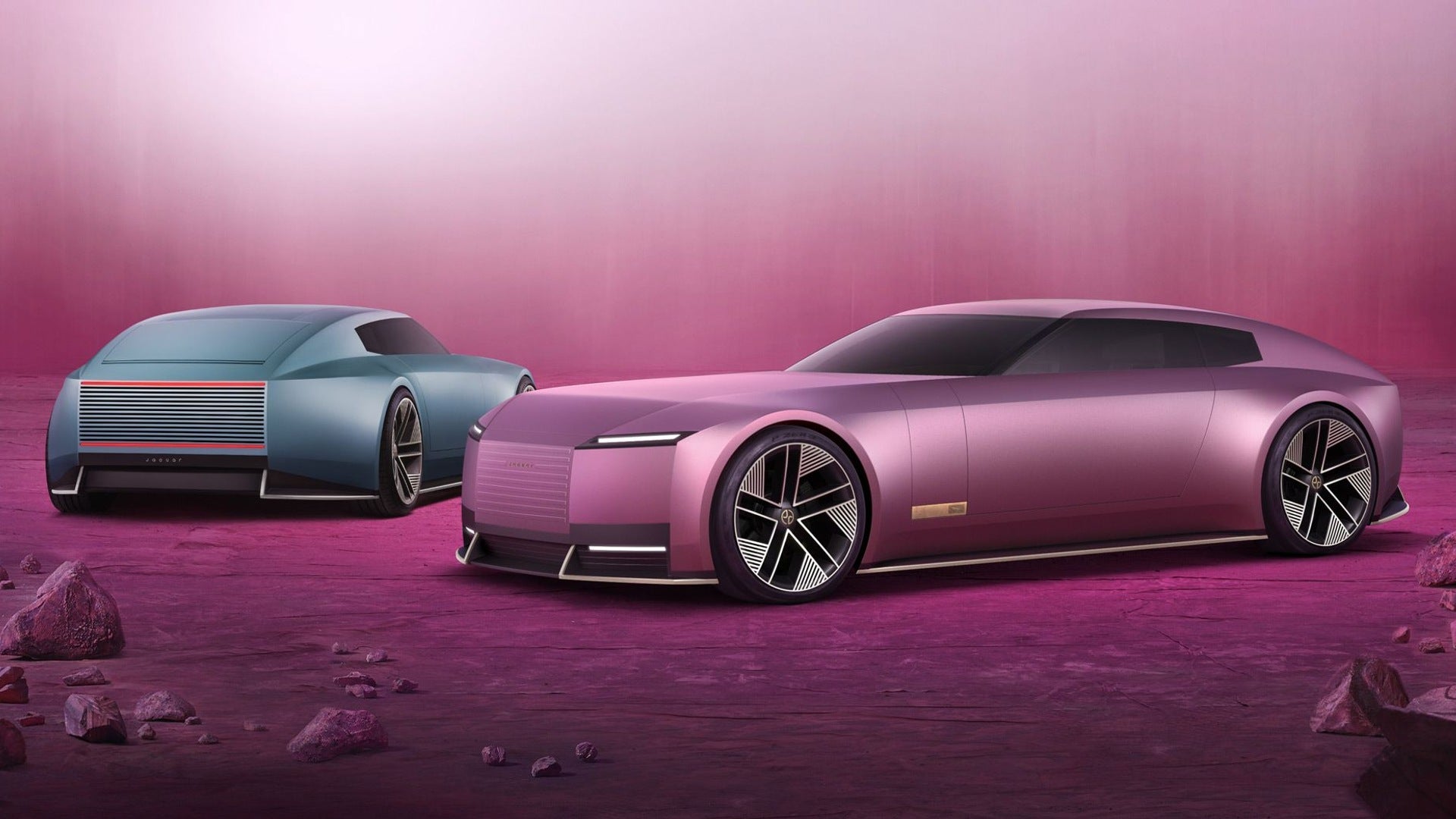How To Choose Your EV Charging Extension Cord
Electric vehicles (EVs) are becoming increasingly popular, and as an EV owner, one of the essential accessories you’ll need is a reliable charging extension cord. With so many options available, selecting the right EV charging extension cord can be overwhelming. This guide will help you navigate the choices, ensuring you pick the extension cord that best suits your needs.
Table of Contents
- Understanding EV Charging Basics
- Types of EV Charging Extension Cord
- Factors to Consider When Choosing a Charging Extension Cord
- Length
- Power Rating
- Connector Types
- Durability and Weather Resistance
- Portability and Storage
- Where to Buy Quality EV Charging Extension Cord
- Conclusion
Understanding EV Charging Basics
Before diving into the specifics of EV charging Extension Cord, it's crucial to understand the basics of how EV charging works. EVs require an external power source to recharge their batteries, and this is done through a charging station, which is connected to your vehicle via a charging cable.
There are different levels of charging, typically categorized as Level 1, Level 2, and DC Fast Charging. Each level corresponds to different charging speeds and power requirements, which directly influence the type of cable you’ll need.
Types of EV Charging Cables
EV charging cables can be broadly categorized into two main types: Mode 2 and Mode 3.
-
Mode 2 Charging Cables: These cables are often included with your EV and can be plugged into a standard household outlet. They are typically used for Level 1 charging, which is slower and ideal for overnight charging at home.
-
Mode 3 Charging Cables: These are designed for faster, Level 2 charging. They connect to a dedicated charging station, either at home or in public, providing a faster charge compared to Mode 2 cables.

Factors to Consider When Choosing a Charging Extension Cord
1. Length
The length of your EV charging Extension Cord is a crucial factor to consider. A cable that’s too short may not reach your vehicle comfortably, while a cable that’s too long can be cumbersome to handle and store.
- Standard Lengths: Most EV charging Extension Cord are available in lengths ranging from 4 meters to 10 meters.
- Consider Your Parking Situation: Think about where you typically park your car and where the charging point is located. A longer Extension Cord may be necessary if the charging station is far from your usual parking spot.

2. Power Rating
The power rating of a charging Extension Cord determines how quickly it can charge your EV. It’s essential to match the cable’s power rating with the charging station and your vehicle’s charging capabilities.
- For Level 1 Charging: Cables with a power rating of around 2.3 kW are sufficient.
- For Level 2 Charging: Look for cables that support up to 7.4 kW for single-phase or 22 kW for three-phase power.
Using a cable with a lower power rating than the charging station or EV can slow down charging times, while a cable with a higher rating than needed may not provide any additional benefits.

3. Connector Types
There are several types of connectors used in EV charging, and it’s essential to choose a cable that matches both your vehicle’s inlet and the charging station. The most common connectors include:
- Type 1 (SAE J1772): Mostly used in North America and Japan.
- Type 2 (Mennekes): Common in Europe and increasingly worldwide.
- CCS (Combined Charging System): Supports both AC and DC charging.
- CHAdeMO: Often used for fast charging in Asian vehicles.

4. Durability and Weather Resistance
Since your EV charging Extension Cord may be exposed to the elements, durability and weather resistance are critical. Look for cables that are rated for outdoor use, with features such as:
- Weatherproofing: Cables should be able to withstand rain, snow, and extreme temperatures.
- Reinforced Insulation: This helps protect the cable from wear and tear, ensuring it lasts longer.
- Heavy-Duty Plugs: Robust plugs can endure frequent use without damage.

5. Portability and Storage
If you frequently travel with your EV or need to charge at various locations, a portable charging Extension Cord is essential. Consider the weight, flexibility, and ease of storage of the cable. Some extension cord come with carrying cases that make them easy to transport and store.

Where to Buy Quality EV Charging Extension Cord
When it comes to purchasing an EV charging extension cord, it’s crucial to buy from reputable sources to ensure quality and safety. You can find high-quality cables at:
- Official Manufacturer Stores: These stores offer extension cords designed specifically for your EV model.
- Authorized Dealers: They provide genuine products and often offer warranties.
- Online Retailers: Ensure you buy from trusted platforms with good reviews and return policies.

Conclusion
Choosing the right EV charging extension cord is vital for ensuring efficient, safe, and convenient charging for your electric vehicle. By considering factors like length, power rating, connector type, durability, and portability, you can find the perfect extension cord that meets your needs. Investing in a high-quality charging extension cord will enhance your EV ownership experience, giving you peace of mind on every charge.









Share:
DIY vs. Professional Installation: Why Hiring an Expert for Your At-Home EV Charger is Crucial
How Long Does a Tesla Battery Last? - Four things you need to know